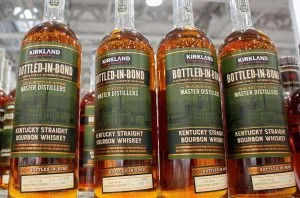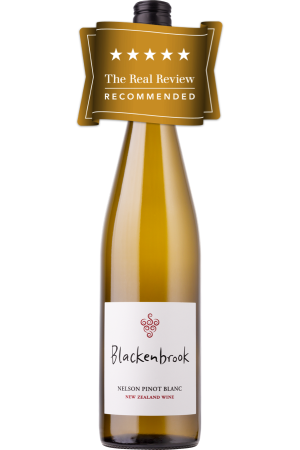Bottled in Bond Whiskeys from Kirkland What is ‘Bottled in Bond?’
Bottled in Bond, or BiB, is an American designation for a distilled spirit that has been produced in adherence to a very strict set of government regulations. In practice, it pertains almost exclusively to American whiskey, and even then only to a minority of bottles.
The standard dates back to the Bottled in Bond Act of 1897, when – in response to a surge in dubious industry practices – a group of distillers pushed for legislation around their product. At the time whiskey was typically sold out of barrel, and some corrupt blenders were passing off adulterated spirit as genuine.
‘There was very little oversight and regulation,’ says Chris Fletcher, Master Distiller at Jack Daniel’s. ‘Sometimes there were whiskies that might not have contained much real whiskey at all – either because they had been watered down or because unsavoury additives had been used in place.’
These additives weren’t just lower-quality spirits, colourings and flavourings – but sometimes dangerous chemicals such as methanol. Bottled in Bond regulations aimed to improve transparency and protect consumers, so they knew what they were buying.

Vintage label for a bottle of Old Kentucky General bourbon. Credit: Gado Images / Alamy Stock Photo
Regulations state that a Bottled in Bond whiskey must have the following characteristics:
Made by one distiller, at a single distillery Produced






